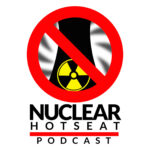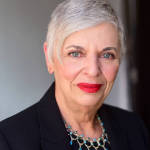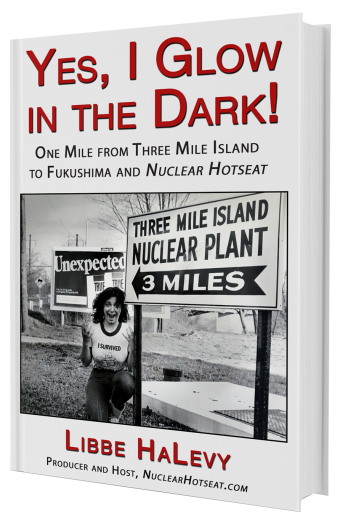NH #135: Fukushima On-the-Ground w/Beverly Findlay-Kaneko

台所の食器が綺麗に洗ってあると驚く木田さん。
「汚れっぱなしだったんだけど、お父さんがわざわざ水を持ってきて洗ってくれたのね、、。」
と木田さんが少し声を詰まらせながら言った。
Photos courtesy of Yuji Kaneko for use on Nuclear Hotseat website. Reproduction requires permission.
INTERVIEW: Beverly Findlay-Kaneko of Families for Safe Energy reports on the deeply human side of Fukushima following her recent trip back home. Learn how nuclear refugees cope with radiation and catch up with the heartbreaking story of former Fukushima resident Setsuko Kida, previously interviewed on Nuclear Hotseat #127.
To contact Beverly Findlay-Kaneko: https://www.facebook.com/FamiliesForSafeEnergy

Kida-san says that there is no way anyone can come back to a dangerous situation like this.
木田さんの自宅横にある空き地に除染廃棄物が置かれていた。
ここも放射性廃棄物の仮置き場になってしまうのだろうか。
除染で出た廃棄物の中間貯蔵場はどこの被災地も足りない状況だ。
一端置かれたら半永久的に動かせなくなることを知っていて、地権者は貯蔵場を容易に作らせないのだ。
だから除染したごみがその掃除した場所にそのまま保管されることも少なくないのだ。
こんな危険な状況で戻れるわけがないと木田さん。
Photos courtesy of Yuji Kaneko for use on Nuclear Hotseat website. Reproduction requires permission.
NUMNUTZ OF THE WEEK: Alaska salmon showing signs of Fukushima radiation but US government buys cans of it for food pantries <!>.
PLUS:
- Nuclear pork in Congressional budget, courtesy some Tennessee good old boys and their pet Senator;
- Military meltdowns suspend 34 nuke site officers for cheating, drugs, drunkenness and gambling;
- NRC goes to Alert for fire at Harris nuke in North Carolina,
- Gamma ray haze hovers over Fukushima;
- Fukushima worker health symptoms read like a textbook on dangers of nuclear radiation exposure;
- and RadCast Radiation “Weather Report” with Mimi German.
LINKS:
- US/Japan Creative Arts Program: http://www.jusfc.gov/creative-artists-programs/
- Kumar Sundaram “selfie with the poster” campaign to stop Japanese Prime Minister Shinzo Abe-baby from selling nuclear reactors to India: https://www.facebook.com/events/262774790547186/



